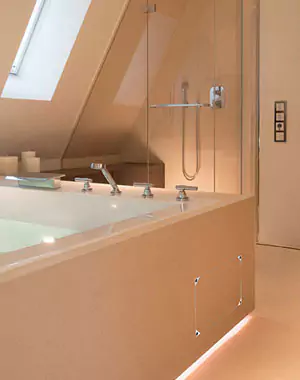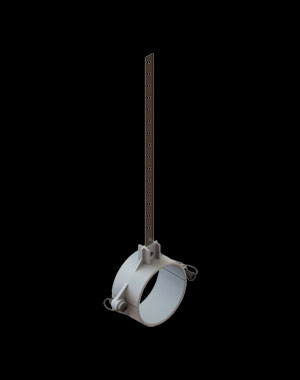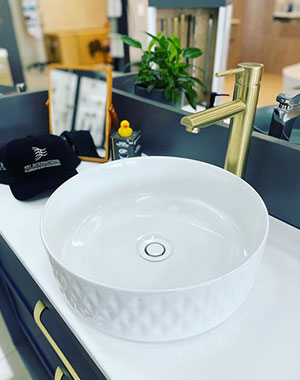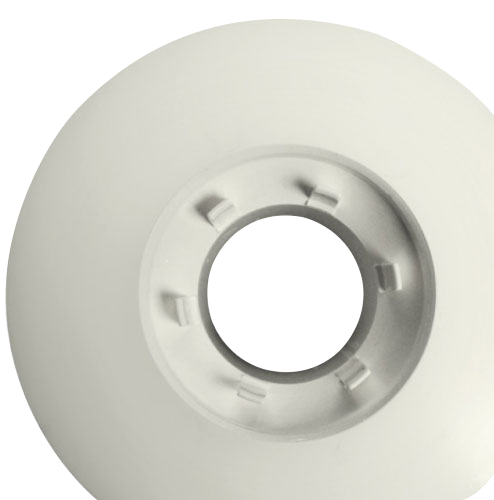- Home
- Our Products
What's New

BERMUDA TILE INSERT CLEAR OUT SQUARE
A fabulous new addition to the timeless Bermuda range...
Details




- Projects
- Where to Buy
- Info
- Home
- Our Products
What's New

BERMUDA TILE INSERT CLEAR OUT SQUARE
A fabulous new addition to the timeless Bermuda range...
Details




- Projects
- Where to Buy
- Info


